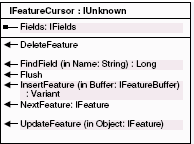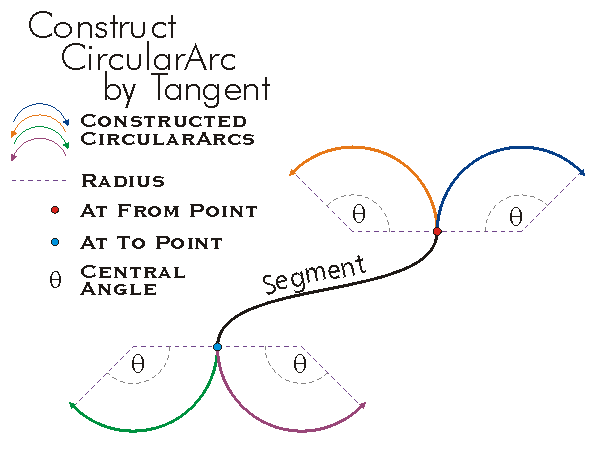

The common workflow for reading data with a search cursor is as follows: An older, pre-10.1 class is available through the arcpy module and appears in the Help system as an "ArcPy Function.") (Be sure when searching the Help system that you choose the SearchCursor class found in the Data Access module. We'll discuss the editing cursors later, focusing our discussion now on the cursor used for reading tabular data, the search cursor.Īs with all geoprocessing classes, the SearchCursor class is documented in the Help system. The module contains different cursor classes for the different operations a developer might want to perform on table records - one for selecting, or reading, existing records one for making changes to existing records and one for adding new records. The arcpy data access moduleĪt version 10.1 of ArcMap, Esri released a new data access module, which offered faster performance along with more robust behavior when crashes or errors were encountered with the cursor. We will focus our discussion below on the current best practice in cursor usage, which you should be utilizing for scripts written in this course and in your workplace.

#ARCOBJECTS ICURSOR CODE#
If you find yourself working with code that was written for a pre-10.1 version of ArcMap, we suggest you check out this same page in our old ArcMap version of this course (see the content navigation links on the right side of the Drupal site). The arcpy module contains some objects called cursors that allow you to move through records in a table. There have been quite a few changes made to how cursors can be used over the different versions of ArcGIS, though the current best practice has been in place since version 10.1 of ArcGIS Desktop (aka ArcMap) and has carried over to ArcGIS Pro.
#ARCOBJECTS ICURSOR HOW TO#
NET Related Topics Updating features | GeoData services | Geodatabase | GeoDatabaseUI | Geoprocessing services | How to create graph series with different color types | How to load data into a network analysis problem | How to work with geoprocessing services | How to zoom to selected features in globe | Joining data | Limiting query results and output | Migrating VB6 to VB.Now that you know how to traverse the table horizontally, reading the fields that are available, let's examine how to read up and down through the table records. NET for ArcGIS 10 (Code Files: ButtonAddIn clscopy_table_sel clsCopyTableSelection) NET control (Code Files: TableWrapper) | Create camera flyby from path (Code Files: frmCameraPath) | Retrieve a color ramp from the Symbolog圜ontrol (Code Files: SymbolForm) | Migrating from VB6 to VB. NET Samples Export any network analysis class to a text file (Code Files: NAClassToTextfileCmd) | Closest facility solver (Code Files: frmClosestFacilitySolver) | ArcGIS Network Analyst extension Engine application (Code Files: frmLoadLocations) | Service area solver (Code Files: frmServiceAreaSolver) | Location-allocation solver (Code Files: frmLocationAllocationSolver) | Vehicle routing problem solver (Code Files: frmVRPSolver) | Origin-destination cost matrix solver (Code Files: frmODCostMatrixSolver) | Implementing extended criteria for some predefined schematic rules (Code Files: PlantWithoutEquipment) | Bind a geodatabase table to a. In other words, a cursor should be created after an edit operation has begun and should not be used once that edit operation has been stopped or aborted.NET Snippets Zoom to Selected Globe Features | Load Network Locations | Perform Attribute Query. When using cursors within an edit session, they should always be scoped to edit operations. This is why retrieving the first row may take longer than subsequent rows, and because underlying DBMS errors might be raised on the call, error handling is recommended. Note that while a cursor is created in the client's memory after a call to methods such as ITable.Search or ITable.Insert, the DBMS cursor is not created until a call to NextRow (or a similar method) is made. If both executions of the query are made within the same edit session (or database transaction with the appropriate level of isolation), the application is guaranteed not to see any changes made to the data by other concurrently executing applications. If an application needs to make multiple passes over the data, the application needs to reexecute the query that returned the cursor. A cursor that is opened from a RelQueryTable.Ĭontrols settings for the temporal cursor.Ĭursors are forward only they do not support backing up and retrieving rows that have already been retrieved or making multiple passes over data.


 0 kommentar(er)
0 kommentar(er)
